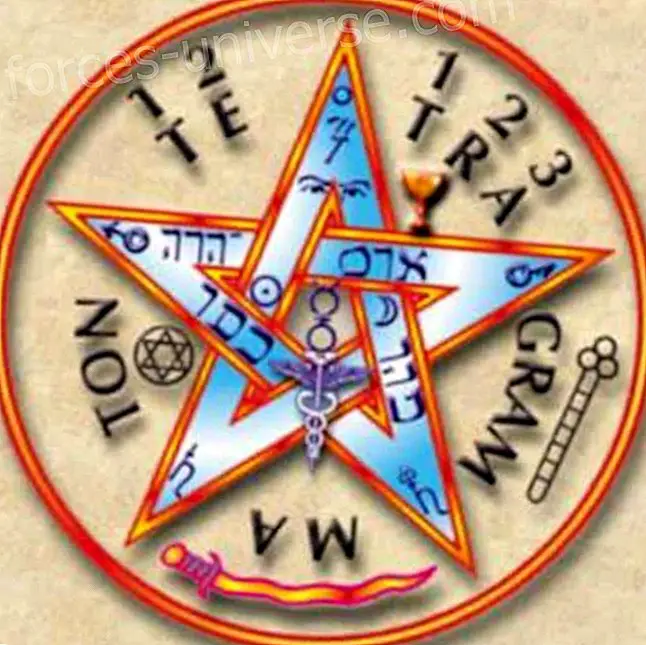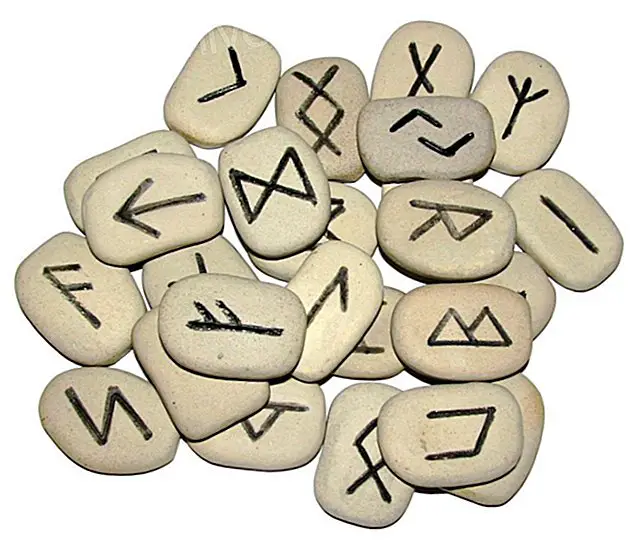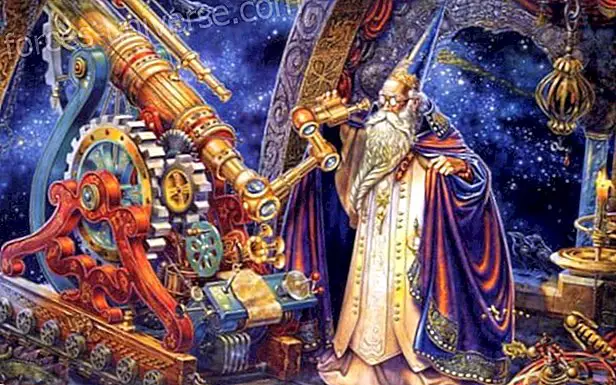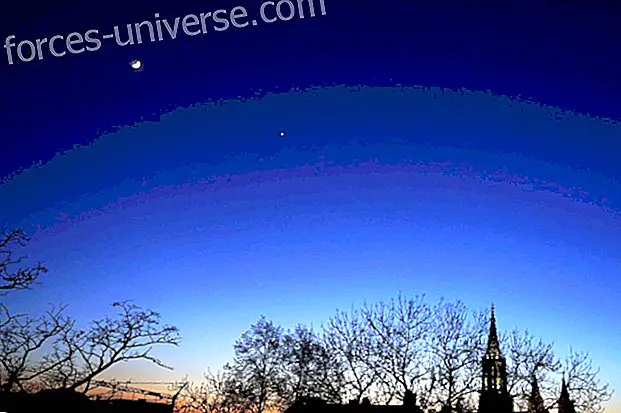The origin of the Kabbalah, according to some authors, has a past as remote as the delivery to Moses of the Torah in Sinai . The emergence of these texts is discussed by experts, who place their beginnings on very different dates in history.
One theory states that there are references to the C bala in the texts cited by Daniel 12, 10, as well as in the apocryphal book of IV Ezra 14, 5-6, which would show that already In the early days of the history of Israel, there was an esoteric or ominous interpretation of religious texts. However, there are those who believe that the C bala is a later contribution of the Hebrew culture.
What is the Cbala?
The c bala is an esoteric school of thought that analyzes the texts of the Tor (for Christians, the Pentateuch) in search of the bases and purposes of existence, as well as for spiritual growth

The C bala was, in ancient Hebrew literature, the body of doctrine . In it, each of the twenty-two letters of the Hebrew alphabet has a numerical interpretation that derives in another letter, which forms a new message or knowledge.
The esoteric or omic origin of the C bala, however, remains in a wave of mixed opinions.
The origin of the C bala
The origin of Kabbalah is much discussed . Some authors place it in the revelation of Moses in Sinai, where there would be an esoteric or hidden interpretation of the sacred texts in the early days of Israel's history.
The truth is that many of the texts cited in these interpretations do not mention the Kabbalah, and we can only find some texts that indicate their presence (such as the use of names of God for magical purposes) in the Jewish Babylonian communities in the 4th AD, when the Talmud had already mentioned ideas outside the Bible, such as the magical value of the letters of the alphabet .
That Babylonian origin is also suggested by Adam Kadmon, later part of the Kabbalah and by figures such as Metatron. However, the beginnings of these extra-biblical concepts are not from the Kabbalah itself.

One of the interpretations suggests that the first arrival of ideas that could be called precabalistic occurred in the middle of the ninth century, at the time of Aaron B. Samuel, however, the so-called German Kabbalah from which it derived, would not appear until the end of the 12th century preceded by two Spanish contributions.
One of them was that of Avicebrón (1021-1058) or Shlomo ben Yehudah Ibn Gabirol, a Malaga medieval poet, perhaps the greatest Neoplatonic of the medieval Arab tradition that gave a great boost to the Kabbalah through its Source of life (Mekor Hayim) .
He was probably the greatest Neoplatonic of the Arab medieval philosophical tradition, and possibly also the greatest medieval poet.
The second contribution was that of Maimonides (1135-1204) or Mosheh ben Maimon, a Jewish physician, rabbi and Jewish theologian studying Greek philosophy who incorporated these elements into Judaism paving the way to the later Kabbalah .
However, several authors consider Ezra the first interpreter of the Torah . It is said that half a century after the destruction of Jerusalem, Rabbi Akiba wrote the Book of Creation (Sefer Yetzirah) and his disciple Simon Bar Yohai wrote the Book of Splendor (Sefer Ha Zohar).
The truth is that before the Christian era there were already cabalistic interpretations of Jewish religious texts, which were transmitted orally from Esdrás.
Seen in The Esoteric Blog, by Pedro, editor of the White Brotherhood
http://elblogesoterico.blogspot.com/2013/03/como-surgio-la-cabala.html






